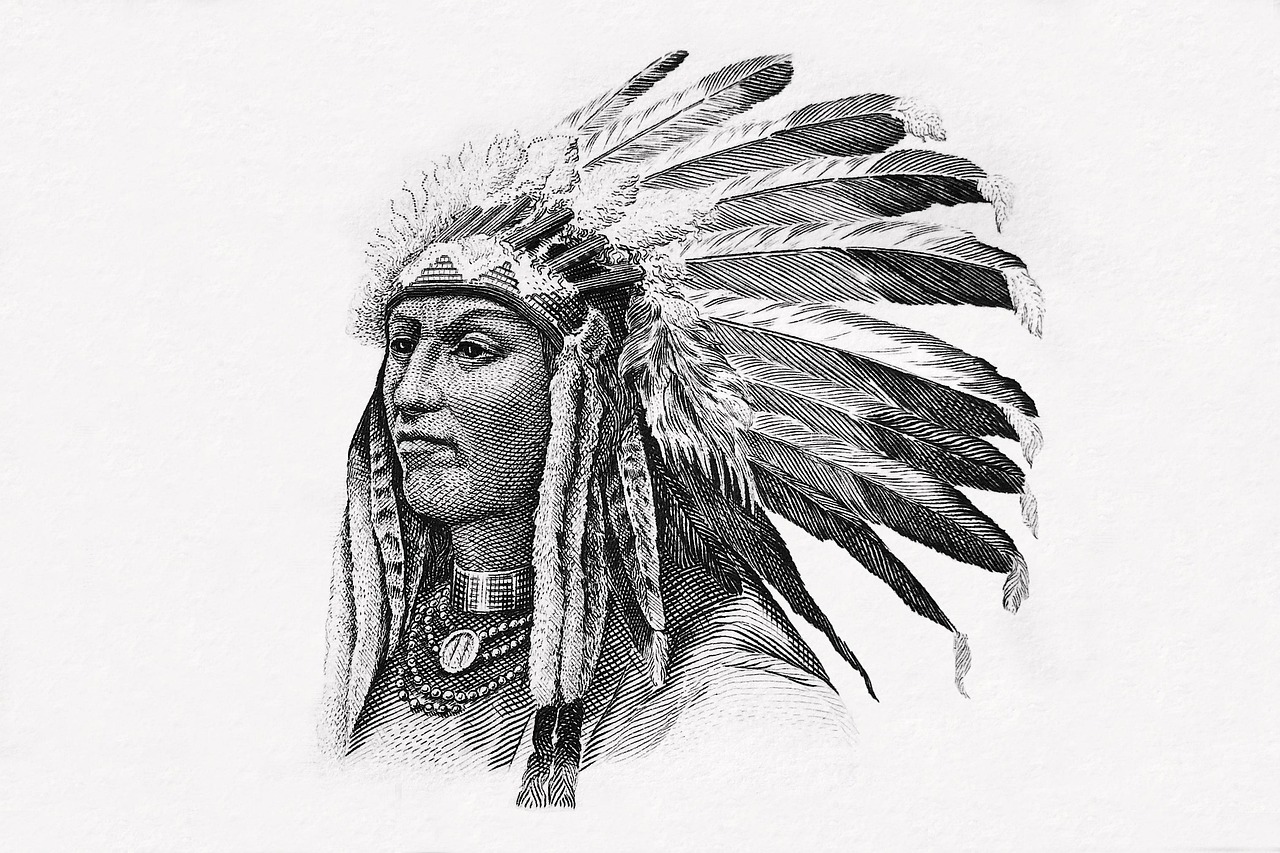When Heaven and Earth Meet: The Sacred Ceremony of the Sun Dance
In the sweltering summer heat of the Northern Plains, the Lakota, Cheyenne, and Blackfoot gather for one of the holiest ceremonies of North America. The Sun Dance is not a spectacle for outsiders, but a deeply spiritual ritual that pushes participants to the limits of their strength – and beyond.
Origins: The Vision of the White Buffalo Calf
According to legend, during a time of great hardship, the White Buffalo Calf appeared to a young Lakota warrior named Kablaya. It brought him the ceremony of the Sun Dance as a way to restore the connection between humans and creation. Since this visionary encounter generations ago, the dance has been performed annually.
Four Days of Transformation: The Course of the Ceremony
The Sun Dance extends over four days, each phase carrying deep symbolic meaning:
- Day 1: Purification – Sweat lodge ceremonies and prayers
- Day 2: Raising of the Sacred Tree – The central pillar of the dance circle
- Days 3–4: The Dance – Continuous movement without food or water
The Sacred Tree: Axis Mundi of the Ceremony
A central tree – usually a cottonwood or elm – is carefully chosen and planted in the middle of the dance circle. It is decorated with cloth strips, prayer bundles, and sacred symbols that carry the prayers of the community.
The Dancers: Sacrifice for the Community
Sun dancers undergo strict preparation under the guidance of a spiritual leader. During the ceremony, they dance continuously toward the four directions, gaze into the sun, and blow sacred eagle bone whistles.
The Greatest Offering: Piercing and Visions
In some traditions, dancers pierce their skin with wooden pegs attached to ropes tied to the sacred tree. By dancing backward and breaking free, they perform an act of devotion meant to bring visions and spiritual strength.
“It is not the pain that matters,” explains a traditional dancer. “It is the devotion. We offer our flesh so that our people may live.”
Prohibition and Revival: A History of Resistance
From the 1880s to the 1930s, the Sun Dance was strictly banned by the U.S. government. The ceremony went underground and was practiced in secret. It was not until the 1970s that it experienced a public revival.
Modern Meaning: Healing in Difficult Times
Today, the Sun Dance serves not only traditional purposes but is also used to address modern struggles: healing trauma, overcoming addiction, and fostering spiritual renewal in a rapidly changing world.
Respectful Distance: Why Photos Are Not Allowed
For outsiders, the Sun Dance often remains invisible. The ban on photos and videos protects the sanctity of the ceremony. “Some things are not meant for the eyes of the uninitiated,” says an elder.
The Message of the Sun Dance for the Modern World
In an age of instant gratification, the Sun Dance reminds us of timeless values: devotion, community, and the willingness to sacrifice for something greater than oneself.
“The Sun Dance teaches us that true strength does not lie in taking, but in giving,” reflects one participant. “In our individualistic society, that is a radical lesson.”
Conclusion: The Circle Completes Itself
The Sun Dance remains a living ritual that connects generations and strengthens Indigenous communities. It is not a relic of the past, but a powerful practice that continues to offer comfort, healing, and meaning today.
What do you think about the importance of traditional rituals in the modern world? Share your thoughts in the comments!
Respectful resources for further learning:
Books by authorized tribal members
Cultural centers of the Plains Indians
Academic works with tribal approval

